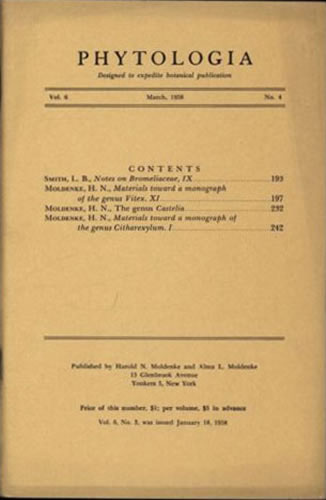
![]()


|
ある販売者のコメントです。 "A seller's comments."
ISBN-10: 1243726148 Format: Trade Paper ISBN-13: 9781243726148 Publication Year: 2011 Author: Rachel Schmidt Jabaily Language: English ISBN: 9781243726148 Puya (Bromeliaceae), a large genus of terrestrial bromeliads found throughout a range of elevations in the Andes and central Chile, is of great systematic, evolutionary and biogeographical interest. This first comprehensive phylogenetic study of Puya employs matK, trnS-trnG, rps16 and PhyC sequences as well as amplified fragment length polymorphisms (AFLPs) to resolve relationships between Puya and related bromeliads, establish major clades within Puya, and identify and tests major biogeographic and evolutionary questions of interest in the group. Direct sequencing of cpDNA and low-copy nuclear data place Puya closest to subfamily Bromelioideae and demonstrate that the two subgenera are non-monophyletic. Chloroplast capture and hybridization are invoked to explain the conflict between nuclear and plastid histories in the early diverging Chilean Puya group. AFLP phylogenetic analysis increased resolution of relationships within Puya and elucidated major clades corresponding to broad latitudinal regions. Puya geographic locations were analyzed in a phylogenetic framework coded as areas of endemism, location in cordilleras and broad latitudinal/elevational zones. Puya invaded the Andes north of the Western Andean Portal a single time and have been markedly more labile in movement in elevation than in latitude. Species of Puya show variability in life-history and have evolved a reduced or inability to produce vegetative pup rosettes multiple times. Semi-semelparity is a newly created life-history category that describes species that vary in their ability to produce pup rosettes. Using a novel method of digital photo manipulation, investment in reproductive allocation between life-history classes was quantified. Semi-semelparous species are more similar in reproductive allocation to semelparous Puya raimondii than to iteroparous relatives. |
![]()